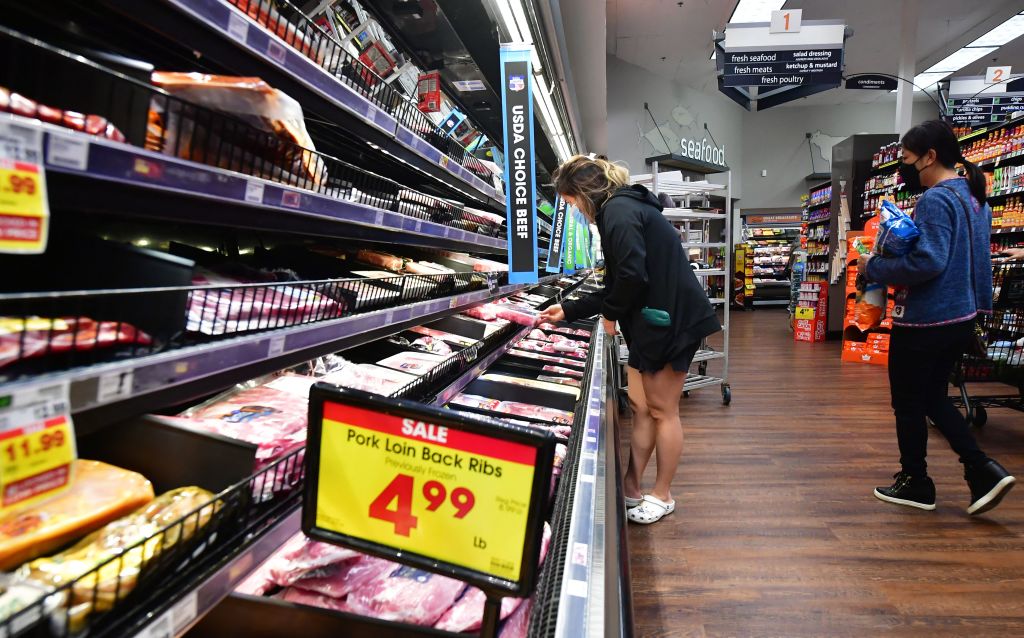Prices rose at their lowest annual rate in nearly two years in the month of March,
According to data from the Labor Department, the consumer price index (CPI), a measure of the price of goods and services, rose 5% in March compared to the previous year.
The latest report marked a decrease from the 6% annual rate in February. And it was the smallest increase since May 2021.
Core CPI, which excludes energy and food prices, rose 5.6% annually in March compared to 5.5% in February.
While the prices rose at their slowest rate in almost two years, March’s inflation was still above the Federal Reserve’s target rate of 2%.
Heather Long, an economic correspondent at The Washington Post, tweeted, “Encouraging sign: 5% (y/y) inflation in March. That’s the lowest since May 2021. Monthly inflation gain of +0.1% is also one of the lowest in recent months. Most inflation is now being drive by rent.”
Encouraging sign: 5% (y/y) inflation in March. That's the lowest since May 2021.
Monthly inflation gain of +0.1% is also one of the lowest in recent months.
Most inflation is now being drive by rent. pic.twitter.com/6h5RPBK7lc— Heather Long (@byHeatherLong) April 12, 2023Do you think inflation will continue to decrease?
Meanwhile, Jason Furman, an economic adviser to former President Barack Obama, noted in May 2021 inflation was being driven by “temporary supply chain issues in goods fueling inflation.”
“Those were solved and goods inflation has basically gone to zero–but it’s been replaced by services inflation leaving the overall pace about the same since the beginning of 2022,” he added.
In 2021 there was a lot of emphasis on temporary supply chain issues in goods fueling inflation. Those were solved and goods inflation has basically gone to zero–but it's been replaced by services inflation leaving the overall pace about the same since the beginning of 2022. pic.twitter.com/GbSbA5sHcj
— Jason Furman (@jasonfurman) April 12, 2023
While Long saw encouraging signs in the report, Steve Blitz, chief U.S. economist at TS Lombard, told The Wall Street Journal, “It’s not going to move the needle for the Fed.”
“The inflation problem doesn’t get solved by itself—it needs higher unemployment to get there,” he added.
The Federal Reserve has raised interest rates nine times in the past year in an attempt to tamp down inflation.
However, it has signaled it may end its rate hikes due to stress on the banking system.

























 Continue with Google
Continue with Google